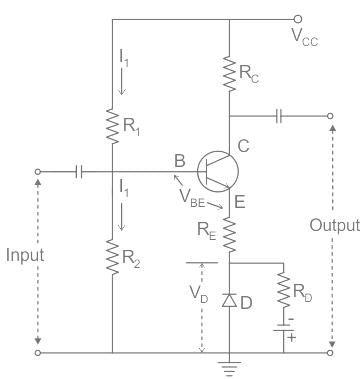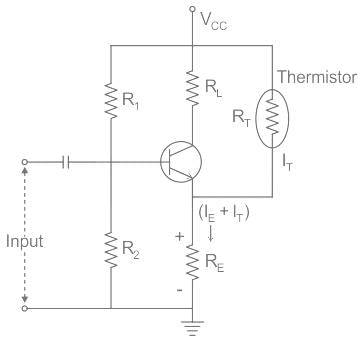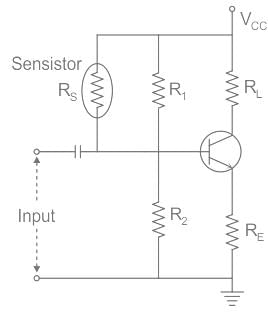Electrical Engineering (EE) Exam > Electrical Engineering (EE) Tests > Analog and Digital Electronics > Test: Bias Compensation - Electrical Engineering (EE) MCQ
Test: Bias Compensation - Electrical Engineering (EE) MCQ
Test Description
10 Questions MCQ Test Analog and Digital Electronics - Test: Bias Compensation
Test: Bias Compensation for Electrical Engineering (EE) 2025 is part of Analog and Digital Electronics preparation. The Test: Bias Compensation questions and answers have been
prepared according to the Electrical Engineering (EE) exam syllabus.The Test: Bias Compensation MCQs are made for Electrical Engineering (EE) 2025 Exam. Find important
definitions, questions, notes, meanings, examples, exercises, MCQs and online tests for Test: Bias Compensation below.
Solutions of Test: Bias Compensation questions in English are available as part of our Analog and Digital Electronics for Electrical Engineering (EE) & Test: Bias Compensation solutions in
Hindi for Analog and Digital Electronics course. Download more important topics, notes, lectures and mock
test series for Electrical Engineering (EE) Exam by signing up for free. Attempt Test: Bias Compensation | 10 questions in 10 minutes | Mock test for Electrical Engineering (EE) preparation | Free important questions MCQ to study Analog and Digital Electronics for Electrical Engineering (EE) Exam | Download free PDF with solutions
Detailed Solution for Test: Bias Compensation - Question 1
Detailed Solution for Test: Bias Compensation - Question 2
Test: Bias Compensation - Question 3
In a silicon transistor, which of the following change significantly to the change in IC?
Detailed Solution for Test: Bias Compensation - Question 3
Test: Bias Compensation - Question 4
What is the compensation element used for variation in VBE and ICO?
Detailed Solution for Test: Bias Compensation - Question 4
Test: Bias Compensation - Question 5
The expression for IC in the compensation for instability due to ICO variation_________
Detailed Solution for Test: Bias Compensation - Question 5
Test: Bias Compensation - Question 6
Which of the following has a negative temperature coefficient of resistance?
Detailed Solution for Test: Bias Compensation - Question 6
Test: Bias Compensation - Question 7
Increase in collector emitter voltage from 5V to 8V causes increase in collector current from 5mA to 5.3mA. Determine the dynamic output resistance.
Detailed Solution for Test: Bias Compensation - Question 7
Test: Bias Compensation - Question 8
The output resistance of CB transistor is given by _________
Detailed Solution for Test: Bias Compensation - Question 8
Test: Bias Compensation - Question 9
The negative sign in the formula of amplification factor indicates_________
Detailed Solution for Test: Bias Compensation - Question 9
Test: Bias Compensation - Question 10
Which of the following components are used for bias compensation in transistor circuits?
Detailed Solution for Test: Bias Compensation - Question 10
|
211 videos|208 docs|72 tests
|
Information about Test: Bias Compensation Page
In this test you can find the Exam questions for Test: Bias Compensation solved & explained in the simplest way possible.
Besides giving Questions and answers for Test: Bias Compensation, EduRev gives you an ample number of Online tests for practice


















